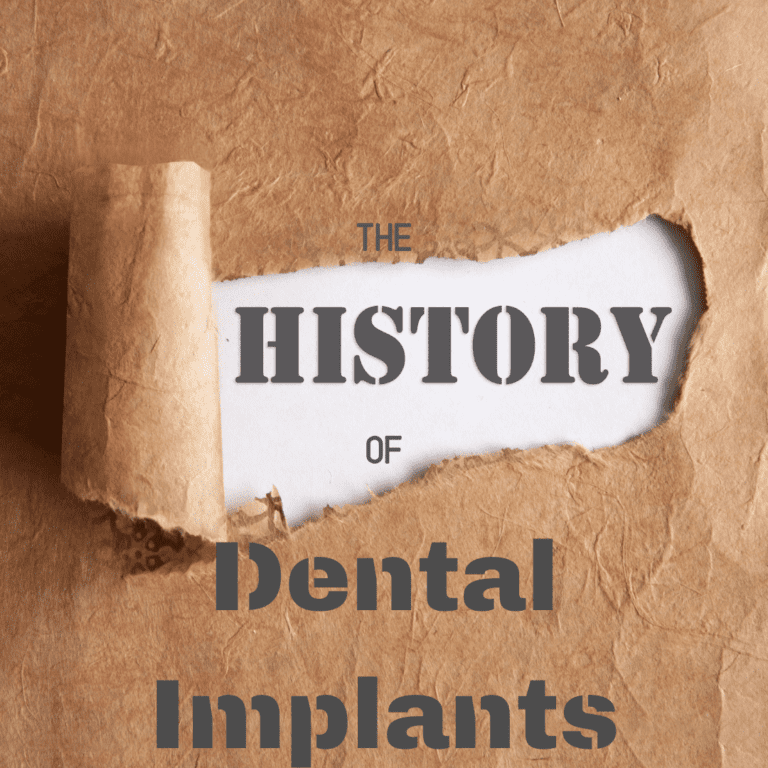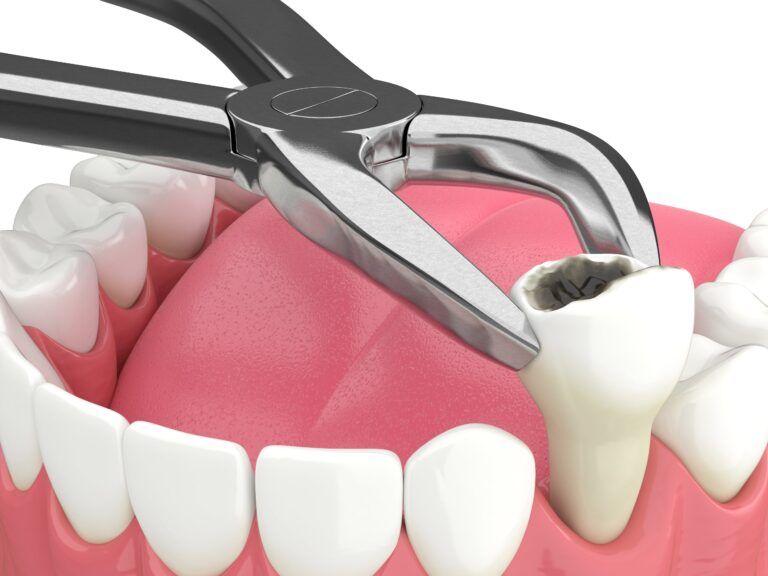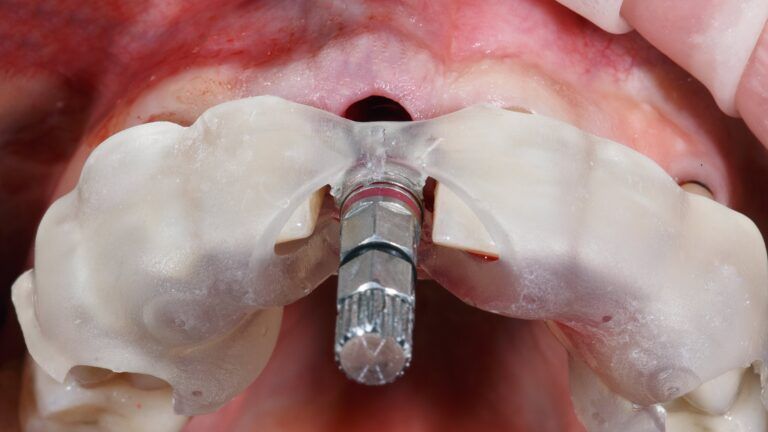Currently, dental implants are one of the most popular tooth replacement options for missing teeth. However, this didn’t happen overnight. In fact, dental implants have quite an extensive history that helped them become what dentists now call the “gold standard” of tooth replacement options. If you’ve ever been curious about how dental implants came to be, then check out this timeline on the history of dental implants:
2500 BC: The Ancient Egyptians used gold ligature wire to stabilize natural teeth that had been affected by severe periodontitis.
500 BC: The Etruscans (Ancient Italians) used gold bands from animals that were customized by soldering, as well as fake teeth made from oxen bones to restore missing teeth.
300 BC: The Phoenicians used teeth carved from ivory and stabilized with gold wire to create a fixed dental bridge.
600 AD: The Mayans used shell pieces implanted into the mandible and are credited with being the first evidence of dental implants. Radiographs taken of Mayan mandibles in the 1970s showed that bone growth around the Mayan implants was similar to what we see with modern dental implants.
800 AD: The Hondurans fabricated and placed a mandibular stone dental implant.

1700s: Scottish surgeon, Dr. John Hunter suggested the idea of transplanting teeth from one person to another. He devised an experiment in which he implanted an incompletely developed tooth onto the comb of a rooster. Not only did the tooth become embedded into the rooster’s comb, but the rooster’s blood vessels grew into the tooth’s pulp.
1500-1800s: Europeans used a variety of substances to stabilize teeth surrounded by severe periodontitis. Teeth were also collected from the underprivileged or from cadavers and then transplanted into people with missing teeth.
1913: Dr. EJ Greenfield developed a hollow latticed cylinder made from iridio-platinum soldered with gold. The shape was designed to fit within a circular incision made in the jawbone of the patient.
1930s: Drs. Alvin and Moses Strock were two brothers that observed hip implants in order to apply the same technology to dental implant placement. They developed an orthopedic screw for dental implants made from a chromium-cobalt alloy that could act as an anchor. The brothers are credited with placing the first successful endosteal implant and finding a biocompatible metal for dental implants.
1938: Dr. P.B. Adams patented a cylindrical endosteal implant that was threaded on the inside and outside, but was smooth around the gum line.

1940s:
- The Father of Modern Implantology, Dr. Formiggini developed a post-type endosteal implant made from stainless steel, which allowed the jawbone to grow into the metal.
- French doctor, Dr. Raphael Chercheve added burs to create a spiral design that helped with implant insertion and fit.
- Dr. Gustav Dahl developed the subperiosteal implant, a type of dental implant that sits on top of the jawbone instead of in it. This design was later improved by other dentists in the late 40s and early 50s.
1960s:
- Dr. Cherchieve developed the double-helical spiral implant made from cobalt and chromium. Dr. Giordano Muratoni later improved upon this design by adding threads to the internal shaft of the implant.
- Dr. Leonard Linkow developed two variations of the blade implant in 1967, which allowed for implants to be placed in the maxilla and mandible.
1978: Dr. P. Branemark presented a two-stage threaded implant made of titanium that had been used in patients from 1965. Turns out, Branemark had accidentally discovered osseointegration in 1952 when he conducted an experiment about blood flow in rabbits with titanium chambers placed in their femurs. What he found was that the titanium became firmly embedded in the bone and was resistant to fracturing. He then applied this theory to the dental implants he used on his patients. Later in the 1990s, Dr. Branemark introduced zygomatic dental implants, which could be placed into the zygomatic bones instead of the jawbones for individuals who have suffered significant bone loss.
From the 1980s to present times, modifications have continued to be made with the aim to reduce the time it takes for osseointegration to occur. Additionally, different dental implant organizations have been founded which have completed numerous studies on the efficacy of dental implants and how to improve them. Currently, the dental implant procedure has an exceptionally high success rate of 97% and is considered to be the best tooth-replacement option for ideal candidates.

Irfan Atcha, DDS, DICOI, DADIA at New Teeth Chicago Dental in Chicago, Illinois is a board-certified general dentist and a nationally recognized expert in dental implants, cosmetic dentistry, and sedation dentistry.





